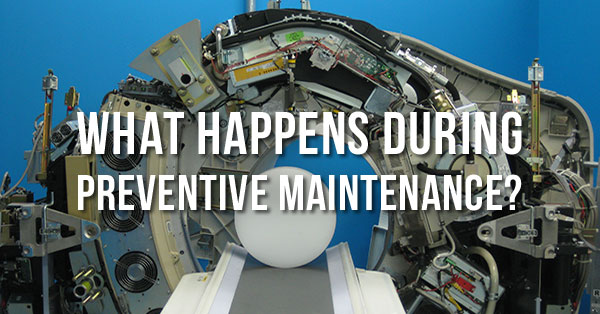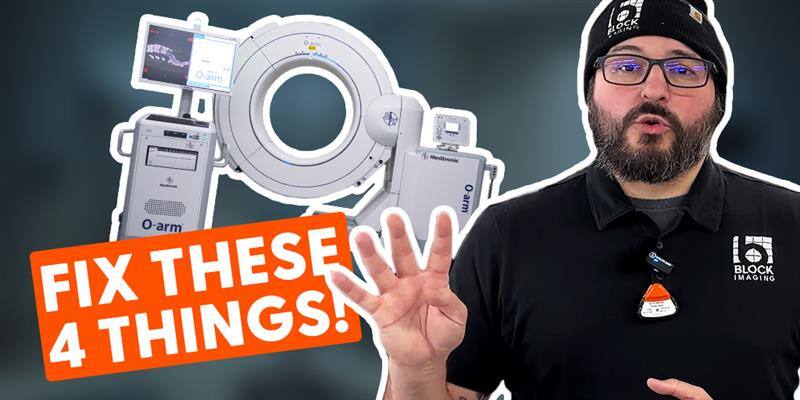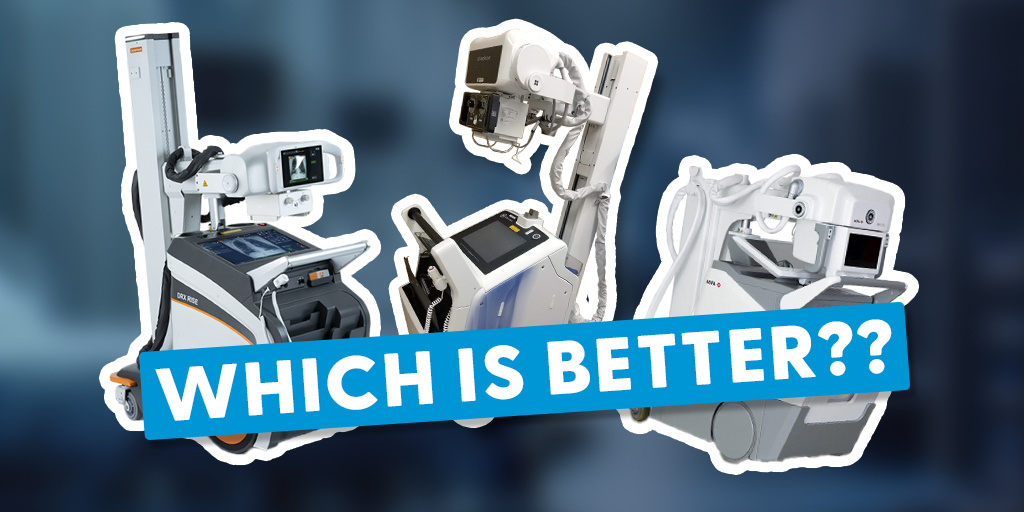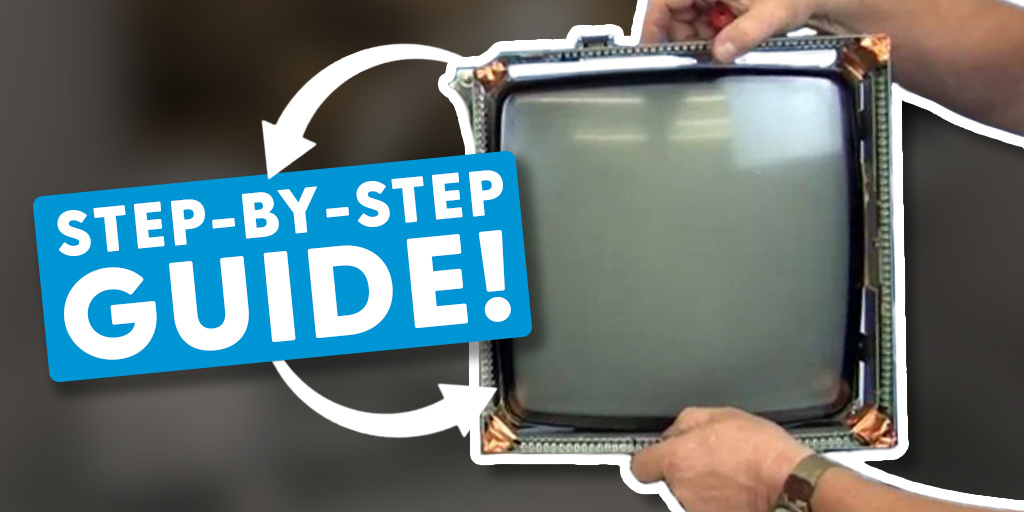
June 14, 2019 : 2 min read
What's Included in Imaging Equipment Preventative Maintenance, Really?
It should come as no surprise that your imaging equipment, just like a vehicle, requires regular maintenance to keep running. With a car, your transmission needs to be flushed, oil changed, filters cleaned, and windshield wiper fluid topped off. But sometimes, when we pick our vehicles up from a garage (and nearly every time when we see the bill) we begin to wonder exactly what was done to our cars. It is no different with medical imaging equipment.
All imaging systems need maintenance, but what's really being done?
Field Service Report
Most engineering groups will be sure to leave a copy of their field service report (FSR) at the site with a technician or receptionist. The report will enumerate the things that were done to the system and, frequently, suggest things that the end user can do to help the system stay in good working order between preventative maintenance visits (PM). Make sure you take the time to read over your FSR in full detail. If no report is given, contact the service group to obtain a copy right away.
4 Keys for Every PM Visit
To give you the answer you came for, these four things SHOULD be done at every PM for your imaging system. If your provider is doing them, your system is being maintained properly:
-
Internal & External Cleaning – Dust bunnies love to live inside imaging equipment! They clog fans and cause overheating. This can also lead to slow system performance and even component damage. Your PM engineer needs to make sure filters are being cleaned or replaced to maintain system uptime.
-
Mechanical Testing – This portion of the PM addresses the needs of your system’s moving parts. Lubricating bearings, gears, and motors ensures smooth operation of parts. Added friction can cause component failures and breakage. Some parts may also need to be removed and reseated. Even a simple misalignment can result in a hard-down situation.
-
Performance Testing – Every system must provide quality images and ensure patient safety. Your PM engineer should be doing a radiation dose check, electrical safety check, image quality check, and sometimes even a complete recalibration to keep maximum equipment performance.
-
Diagnostic Testing – Parts only last for so long. They deteriorate, wear down, leak, scratch, and eventually become unusable. Qualified service engineers are trained to pinpoint failing parts before they put your site in a hard-down situation.
If all of the above are addressed by your engineer in their last FSR, you can rest assured that they are taking the appropriate precautions to maximize your system’s uptime and the quality of your site’s patient care.
Action Required
If the FSR from your last PM doesn't include the items above, your equipment may not be getting the treatment it deserves to prolong its life and maximize your uptime. A solution you may want to consider is having Block Imaging provide your preventative maintenance.
Block Imaging offers PM-only service agreements that include all the steps above and allow you track your FSR online. The PM-only plan also doesn't commit you to spending any more than the cost of your recommended PMs. It's easier on your budget than paying for PMs as you go too. The total annual cost for your visits is split in 12 payments and billed monthly. Here are typical costs, by modality:
- CT: $416/month (2 PMs per year)
- MRI: $500/month (4 PMs per year)
- Rad Room: $125/month (1 PM per year)
- R/F Room: $292/month (2 PMs per year)
- DEXA: $125/month (1 PM per year)
- Digital Mammo: $416/month (2 PMs per year)
If you're preventative maintenance is being done the right way, every time- congratulations! You found yourself a reliable provider. If not, our team would love to talk with you about how we can help. Use the button below to drop us a line and learn more.

Kelley Tomlinson
Kelley Tomlinson is the Senior Account Executive for Block Imaging Time & Materials Service. She considers it a privilege to work with end users all over the world to resolve their equipment issues. Out of the office, Kelley enjoys fishing, reading, and spending time with her son.






